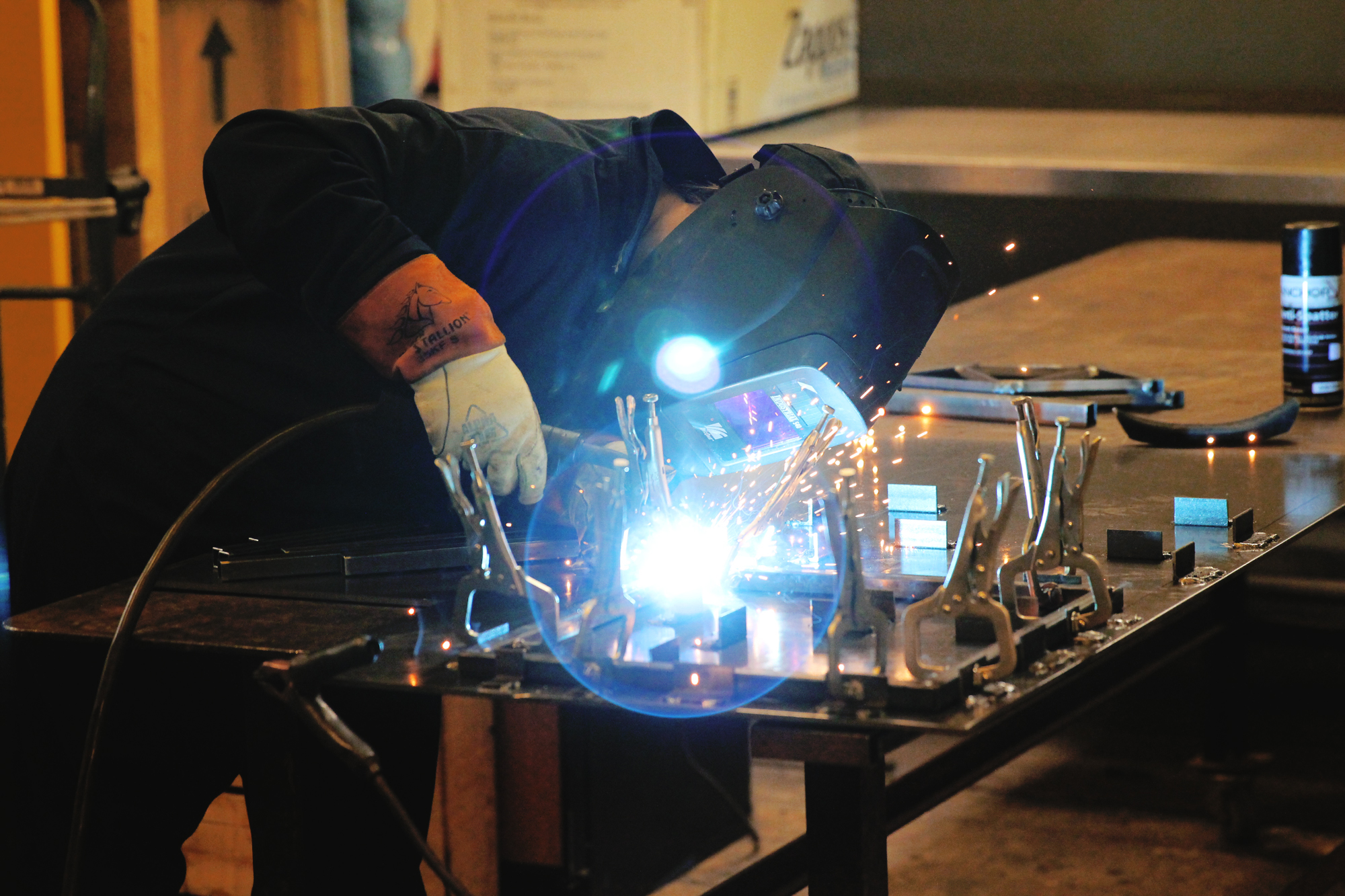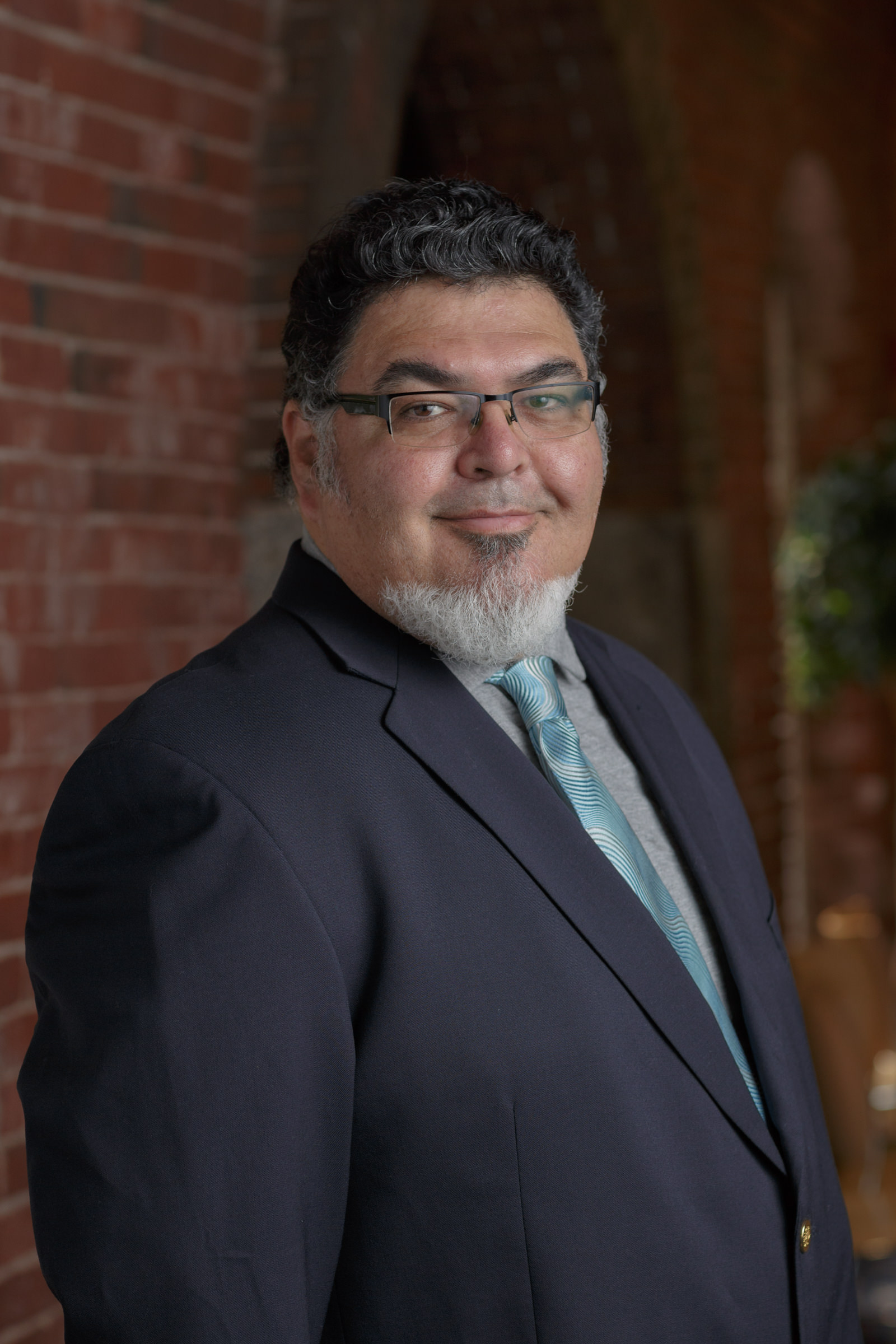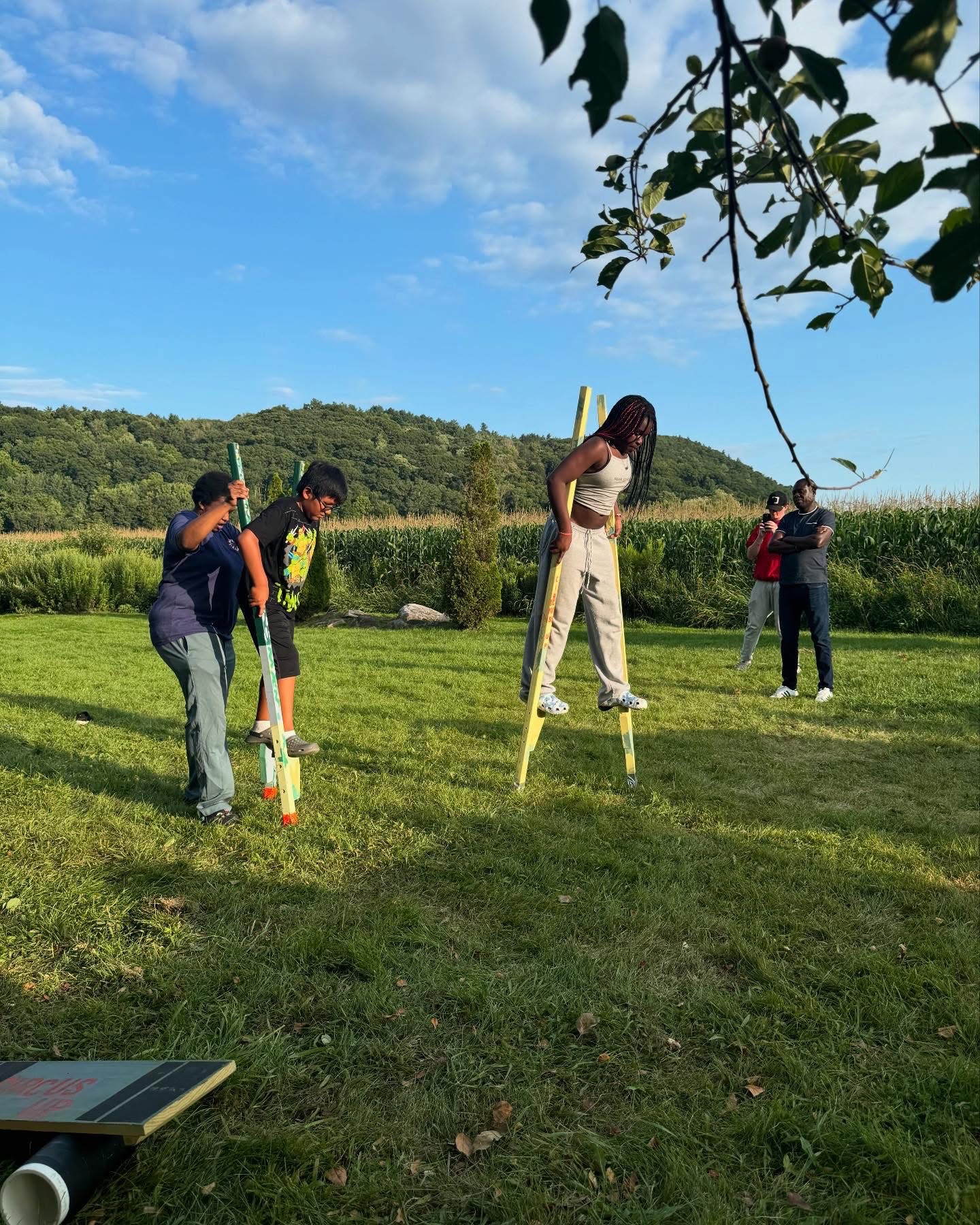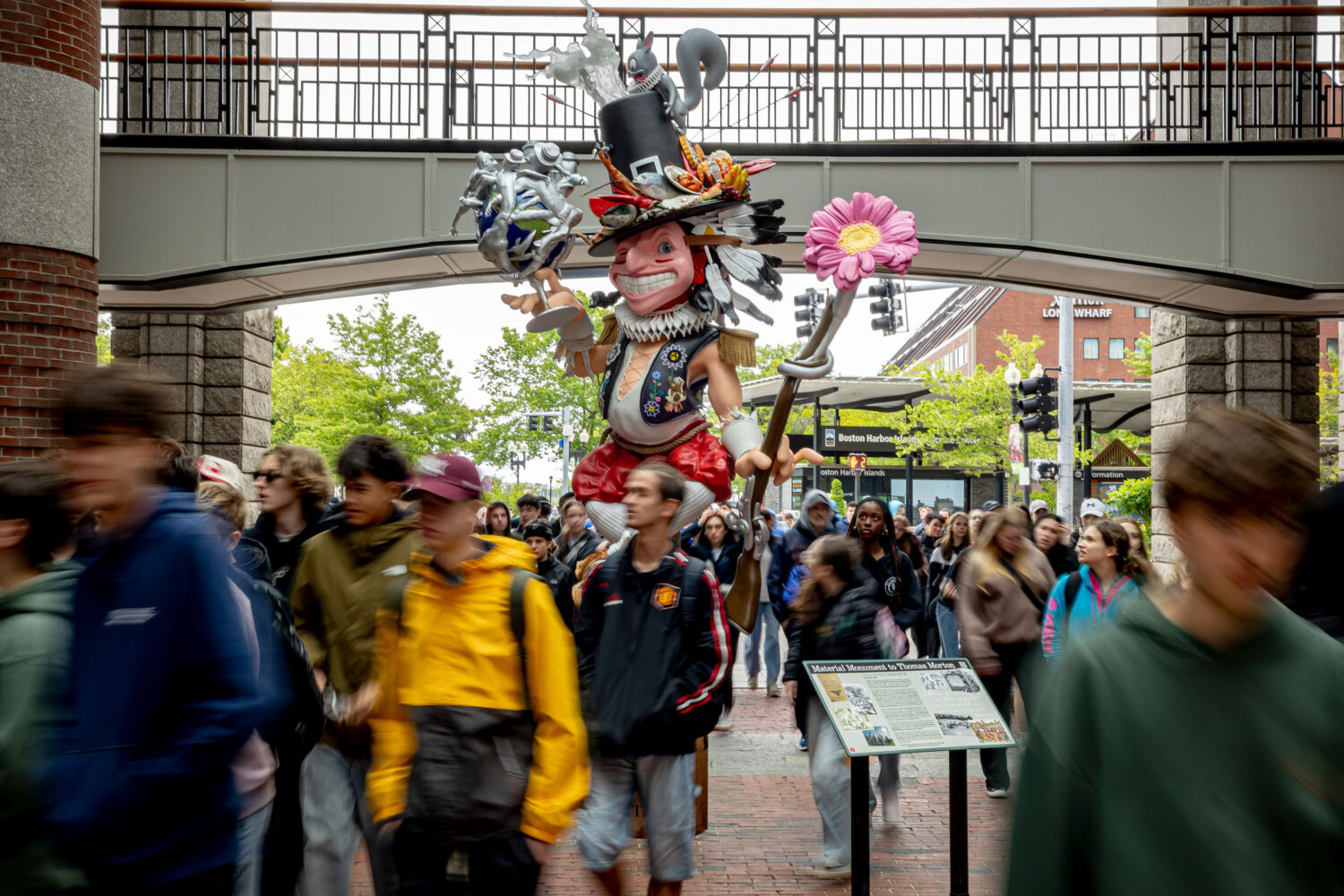In her post last week, San San Wong described three major trends that have emerged as central to our planning for the future of Barr’s Arts program:
- Demographics and patterns of cultural engagement are changing rapidly and dramatically.
- Technology is continually reshaping arts and culture and how people engage.
- New sectors, disciplines are tapping the power of creative expression.
As a follow up to San San’s piece, I wanted to say more about one exciting manifestation of those trends. Referred to as the “arts plus,” “maker,” or “DIY” movement (nicely summarized by Brit Morin in a 2013 article for The Huffington Post), there is a growing culture of creators drawing on facets of engineering, art, design, artisanal crafting, wood- and metal-working, robotics, and entrepreneurship to make things that solve problems in innovative ways, bring beauty and pleasure, and give creators the joy of tinkering, sharing, or selling their creations. A fast-expanding network of facilities like TechShop (founded and headquartered in San Jose, California, and now with locations in six states and the District of Columbia) provide access to traditional and cutting-edge fabrication hardware, software, and tools.
The maker movement has been taking off in Boston, as well. In August, Barr provided a grant to Fab11, the 11th annual gathering of people involved in FabLabs, a network of publicly accessible prototyping and fabrication facilities birthed at MIT. Four hundred people from more than 50 countries gathered in Boston for the event. I joined too—for what was one of my first site visits following my arrival in Boston and at Barr earlier that month. In a symposium series at a packed Symphony Hall, we heard from city planners, social entrepreneurs, and technologists about how technology and creativity are inspiring solutions to complex problems. Vicente Guallart, former chief architect of the City of Barcelona, Spain, was particularly inspiring with his vision of a facility that would receive Barcelona’s trash and mine it for materials that can be recycled to make useful objects, or even to grow food. The facility is part of the City’s plan to reach 100% self-sufficiency (and create local jobs along the way).
Hundreds more attended FabFest, a free maker fair at the Reggie Lewis Center in Roxbury. There we saw work created by engineers, artists, tinkerers, and children—including toys, sculptures, furniture, clothing, bicycles, and medical devices. One young man showed a prosthetic hand he had designed and made. Missing a hand himself, he was able to demonstrate the smoothly articulated joints of the device and discuss the challenges of making a functional prosthetic.
Being at the intersection of so many disciplines gives FabLabs and maker fairs remarkable energy and broad appeal. This blending of arts and other disciplines is clearly an important and exciting trend in our field—one with which Barr has already been engaging through our support of FabLab11 and our continuing participation in the national ArtPlace America initiative. And we are excited to be shaping a strategy for new investments in this area in the years to come.




